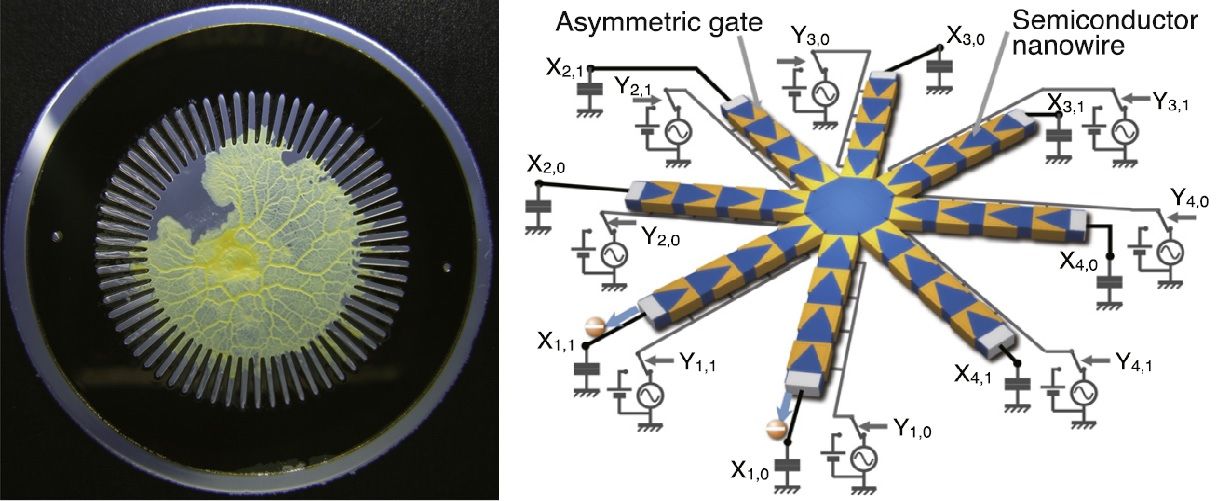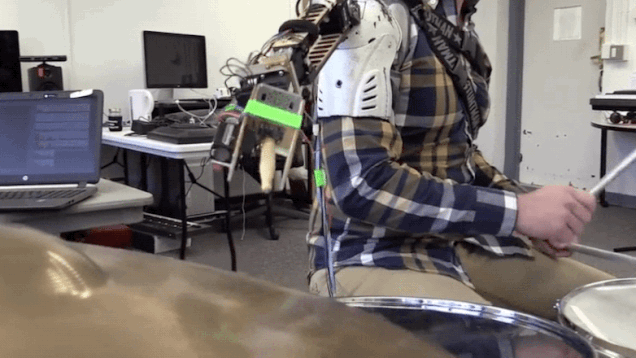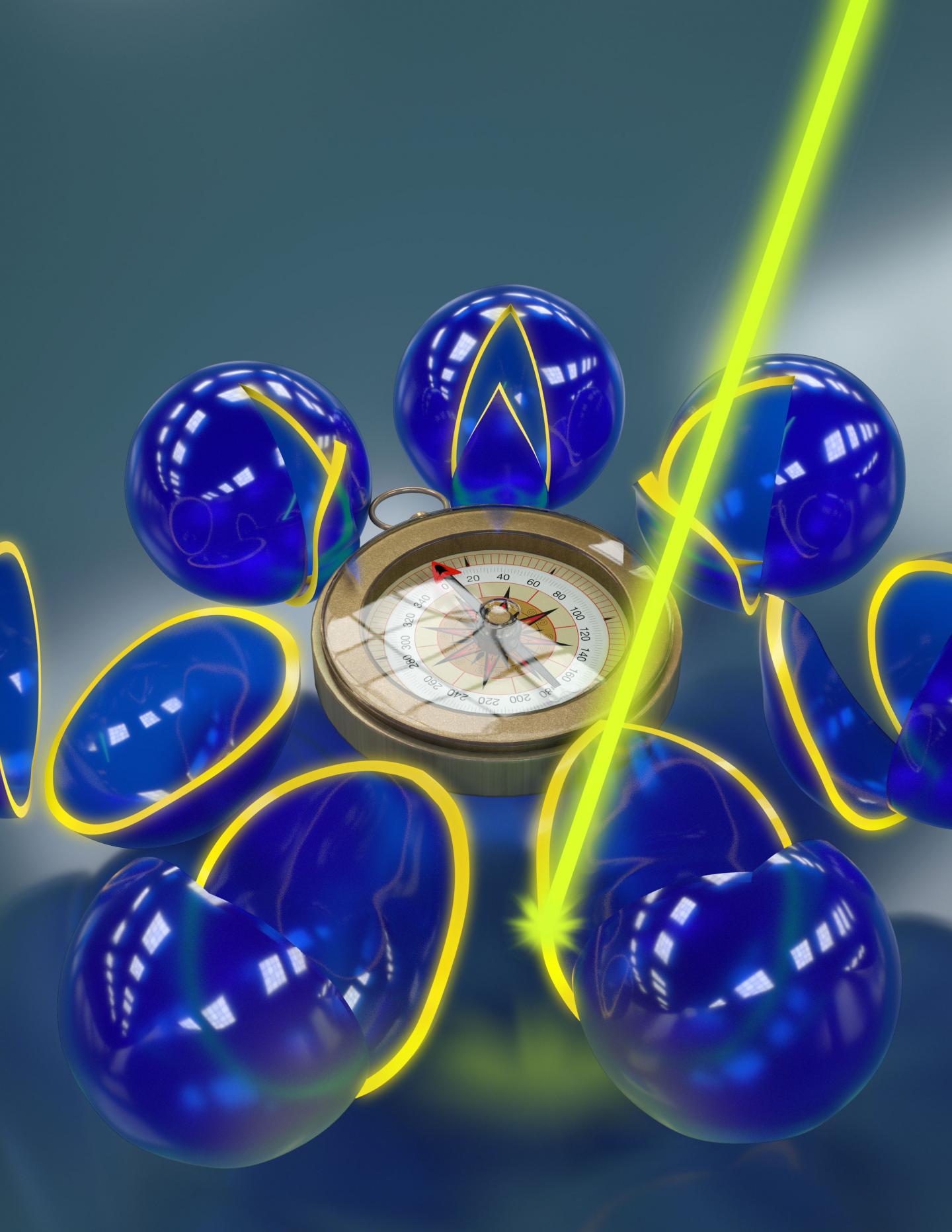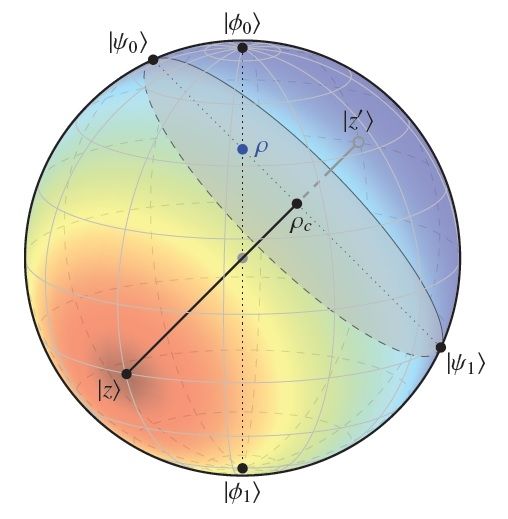
(Phys.org)—Researchers have designed and implemented an algorithm that solves computing problems using a strategy inspired by the way that an amoeba branches out to obtain resources. The new algorithm, called AmoebaSAT, can solve the satisfiability (SAT) problem—a difficult optimization problem with many practical applications—using orders of magnitude fewer steps than the number of steps required by one of the fastest conventional algorithms.
The researchers predict that the amoeba-inspired computing system may offer several benefits, such as high efficiency, miniaturization, and low energy consumption, that could lead to a new computing paradigm for nanoscale high-speed problem solving.
Led by Masashi Aono, Associate Principal Investigator at the Earth-Life Science Institute, Tokyo Institute of Technology, and at PRESTO, Japan Science and Technology Agency, the researchers have published a paper on the amoeba-inspired system in a recent issue of Nanotechnology.
Read more


















